Bendigo - Celebrate Vahland Heritage Driving Tour (Eaglehawk)

Explore the gullies of the goldfields shaped by the migrant communities that settled here.
Driving Time: 30 minutes
Distance: 9 kilometres
The gold rush to Eaglehawk Gully began in 1852 and soon there were around 6000 people arriving on the Bendigo goldfield every week to make their fortunes. Amongst them were Cornish, German, British and North American migrants who settled and named the gullies leading to Eaglehawk.
William Charles Vahland arrived in Sandhurst, as Bendigo was then known, Hannover in 1854. A young man of 26, Vahland had no luck finding gold but soon put his architectural training into practice and opened his first business in Sandhurst.
Celebrate Vahland Heritage Tour (Eaglehawk) Map
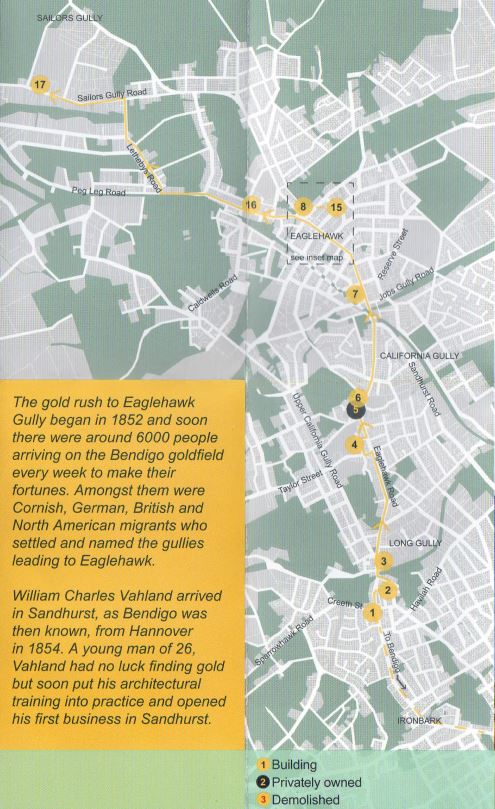
Eaglehawk was a town of around 20,000 people, but the tracks leading to and from it to other goldfields were still dirt and the town buildings were timber. In the gullies, houses were tents or the small miners' cottages and were clustered around the mines that provided people's livelihoods.
Two thirds of the miners were from elsewhere and they brought their faiths with them. Churches such as the Methodist Church (1865) and Sunday School (1877) were built in Long Gully for the Cornish community (2).
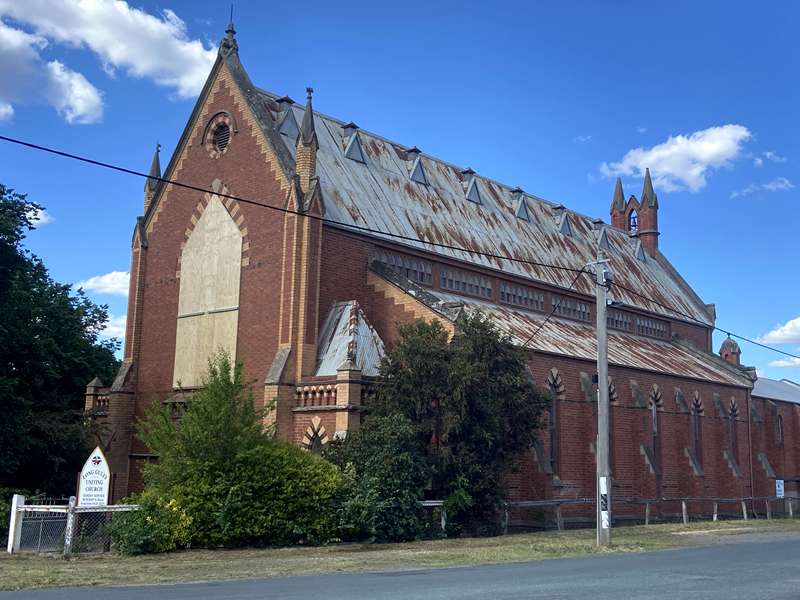
Saint Liborius Church (1868) in Eaglehawk was built for fellow German, Reverend Dr Henry Backhaus, and named for the patron saint of his birthplace (7).
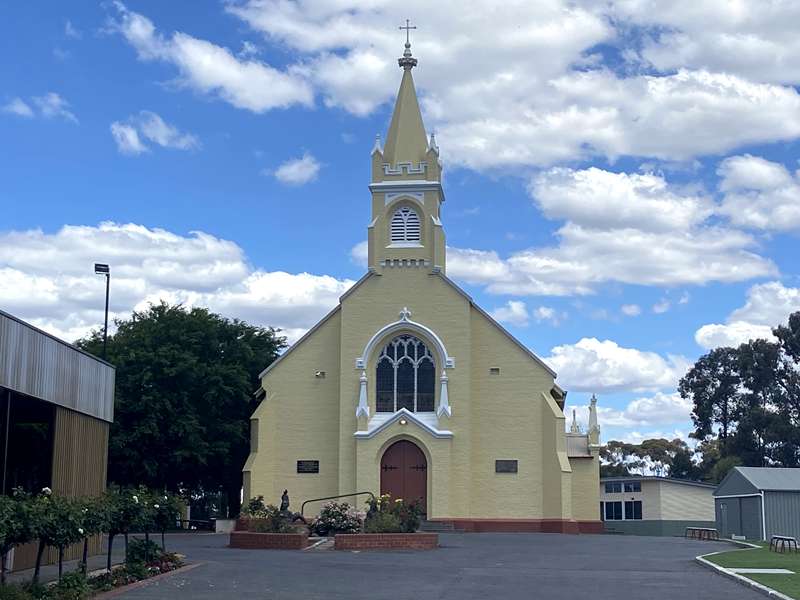
In the early years, church services were open air or held in canvas tents. Churches were often the first permanent buildings constructed in a community. Vahland was raised a Lutheran and chose Church of England by marriage, but he designed places of worship for all faiths. The little stone Saint Peter's Anglican Church (1862, demolished 1961) in the heart of Eaglehawk was around the corner from the Presbyterian Church (additions 1863) and a short distance from the West Methodist Church (1863) (12) (13) (16).
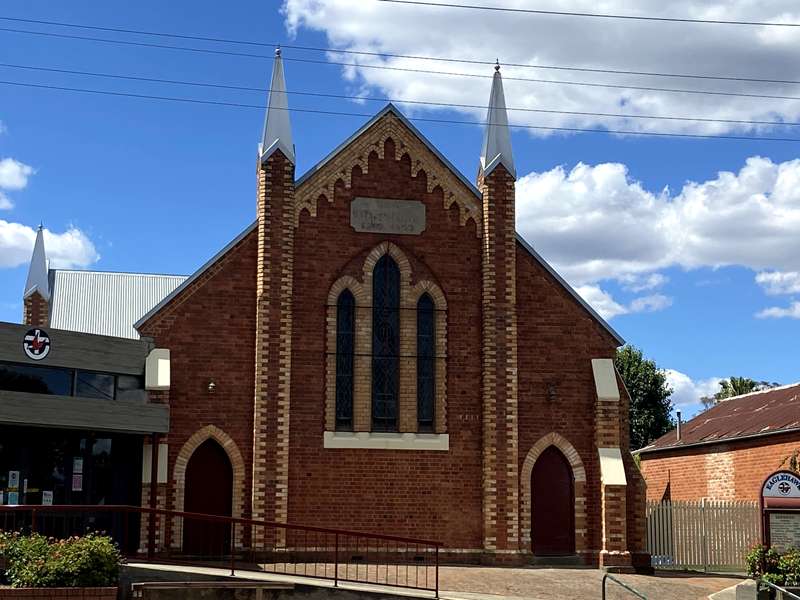

Local clays were used to make the bricks for Saint Augustine's Church (1864) in Sailors Gully (17).
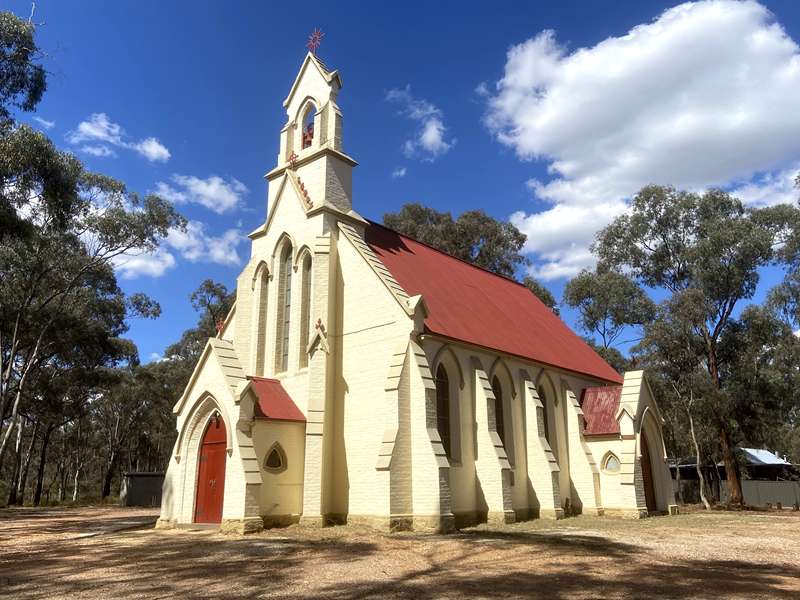
It is the red duplex soils of the goldfields that colour local bricks so distinctively. Red bricks patterned with other colours were used in the High Victorian style to highlight architectural features, like at Saint Matthew's Anglican Church (1883) in Long Gully (1).
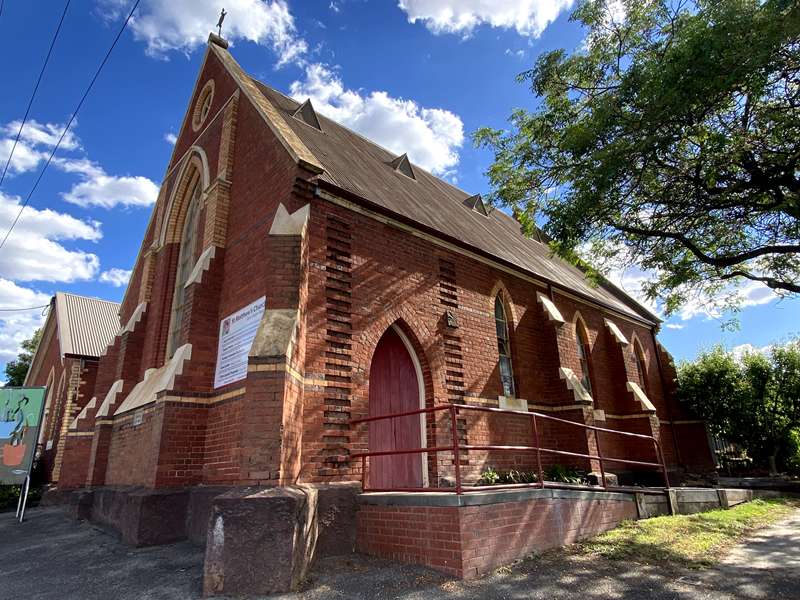

Church design can emphasise the rituals practiced inside. The Doric columns and stucco facade added to the East Methodist Church (additions 1888) in Eaglehawk make a singular but almost pure statement about the faith of its congregation (8).

The gold that created the boom and established 'marvellous' Melbourne was not from alluvial mining but from quartz reefs. The first quartz reef mines in this area were Specimen Hill and Victoria Hill in 1853.
Quartz reefer Henry Koch spent his wealth on 'Falkland' (1870) in Long Gully and included a strongroom for his gold (3).
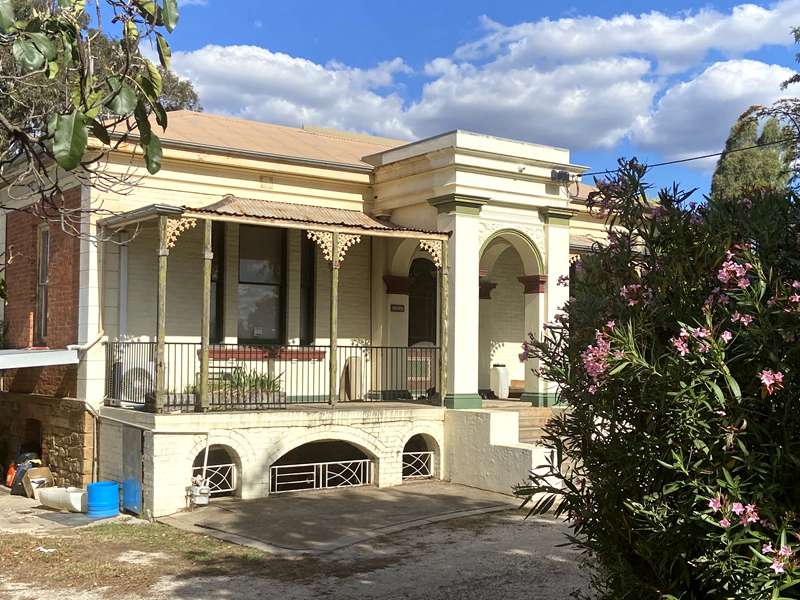
Nicholas Jeffrey, mine investor, added an ornate verandah with fluted columns to his house 'Twizel' (verandah date unknown) in Eaglehawk (1).
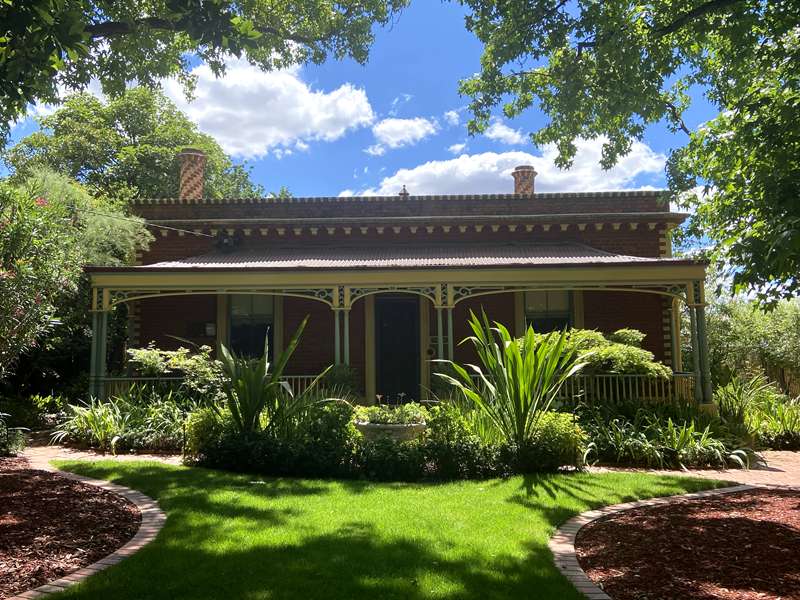
Shrewd traders capitalised on the affluence generated by quartz mining. Vahland designed a distinct arcaded loggia on 'Hanover' (1893) in California Gully for German butcher Joseph Pabst that originally included a pediment with urns (5).
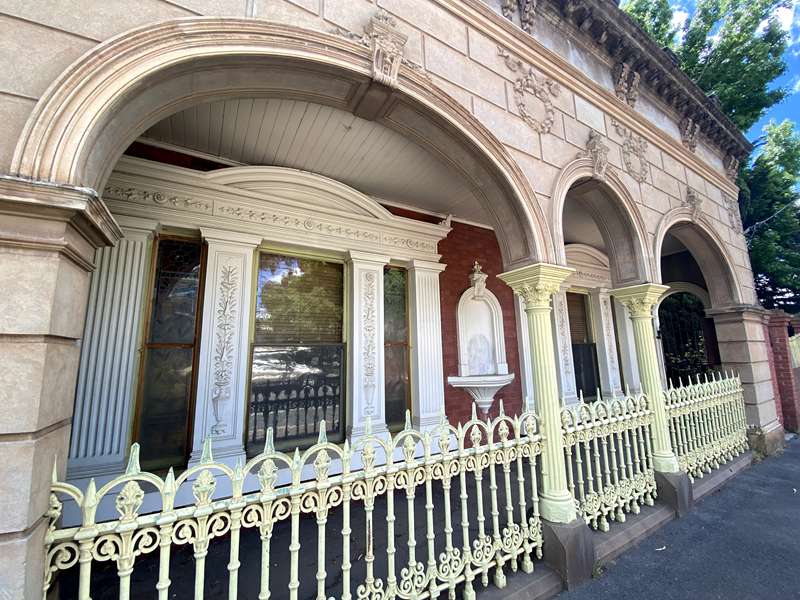
A front addition and fine interior were added by Vahland to the older 'Coburg' villa (additions 1898) for Dr Cowen in Eaglehawk (10).
The grandest residence in Eaglehawk was the two storey 'Caradon' (1899) for Dr Richard Jones, with its superb verandah and cast iron lace (14).
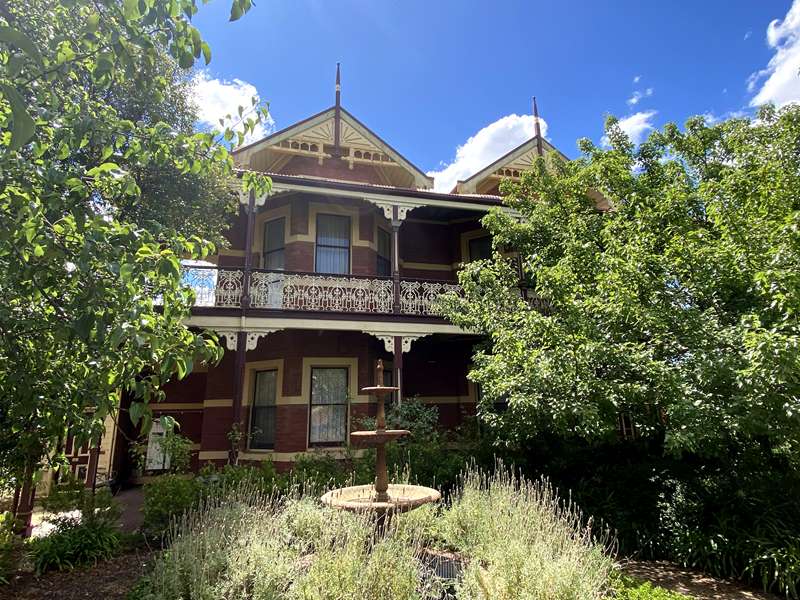
Mining trade skills were taught at mechanics institutes and the verandah added on to the older Mechanics Institute (additions 1891) in California Gully is a good example of Vahland's eye for the ornamental (4).
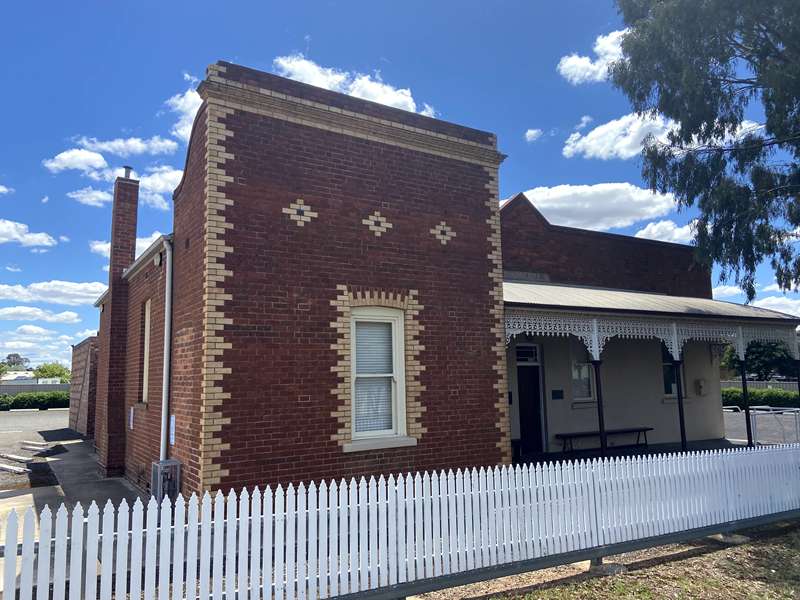
Other pastimes on the goldfields included drinking. The White Horse Hotel (1890), also in California Gully, still functions as a hotel today (6).
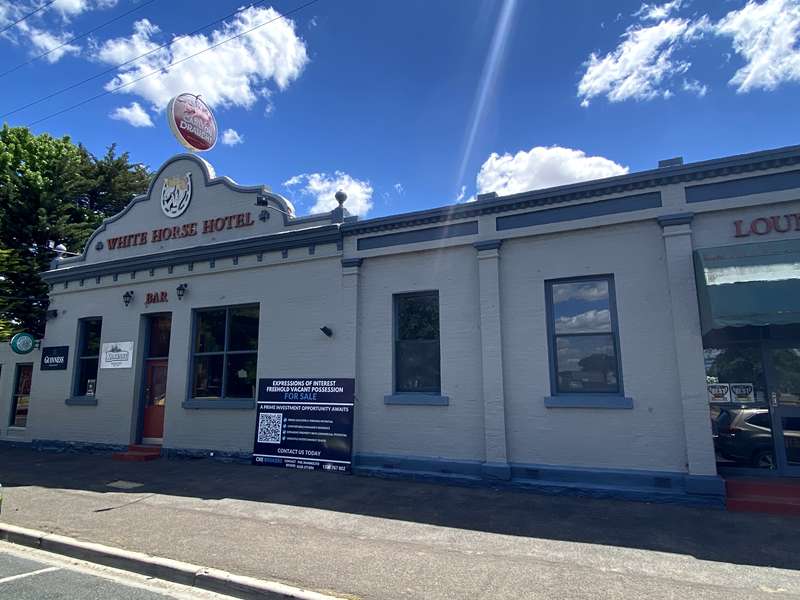
Socialising for gentlemen included groups such as the Freemasons. Vahland, himself a longstanding Freemason, designed the Masonic Lodge (1873) in Eaglehawk (9).
The elegant features of Vahland's grandstand at Canterbury Park (1900) add a touch of grandeur to the sports that continue to be played at this oval (15).
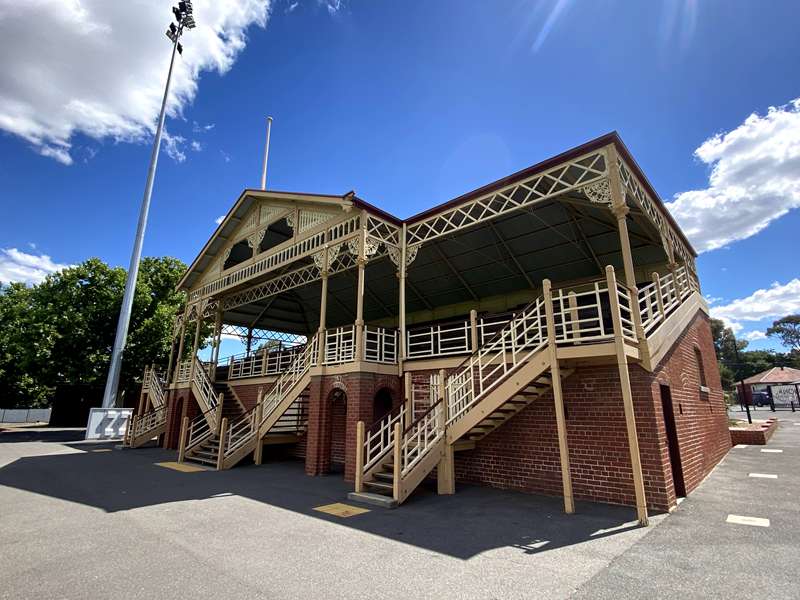
(5) These buildings are privately owned. Please only view from the public domain.
(33) These buildings have been demolished
Explore other areas of Greater Bendigo with these brochures: - City Centre, Bendigo Views, East, Eaglehawk, West Bendigo.
This brochure is available from the Bendigo Visitor Information Centre.
Photos:
Location
153 Eaglehawk Road, Long Gully 3550 Map
Web Links
→ Long Gully methodist Churches









